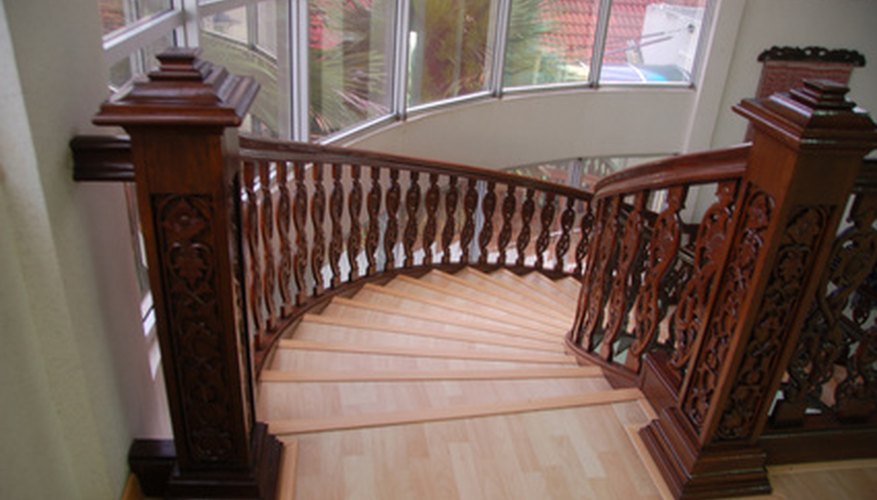You should insulate beneath your staircase to provide your home with added protection against heating and cooling loss. This is especially true for draughty basements and stationary attic staircases that allow heat to escape in the winter months. In addition to protecting the temperatures within the home, insulating your stairs will conserve energy and lower your monthly utility bills.
Nail the strapping wood to the wall joists under the staircase. The strapping wood should be placed every 16-inches perpindicular to the joists.
Nail the foam board insulation to the strapping wood at 8-inch intervals. Create a tight sheet of foam board insulation on the top, bottom and sides of the staircase cavity. You should aim for at least 1-inch thickness, although colder climates can use 2-inch thickness.
- You should insulate beneath your staircase to provide your home with added protection against heating and cooling loss.
- Nail the foam board insulation to the strapping wood at 8-inch intervals.
Install drywall onto the same strapping wood for added security. Tape the edges of the drywall and putty them until the seams are smooth. You can paint the wall now to blend in with your decor or leave it alone if the drywall is not regularly seen.
TIP
If you are trying to install insulation beneath stairs that are covered by a wall or are inaccessible, you may want to hire a certified blown foam insulator. The technician will spray a thin sheet of foam into the under stair cavity and it will expand and fill the entire area from top to bottom.
